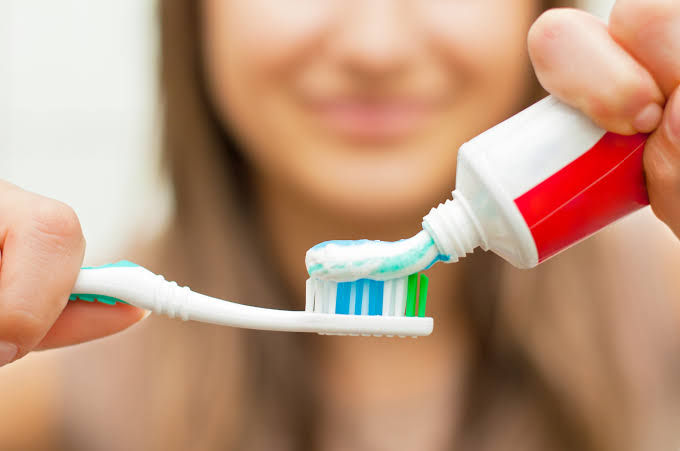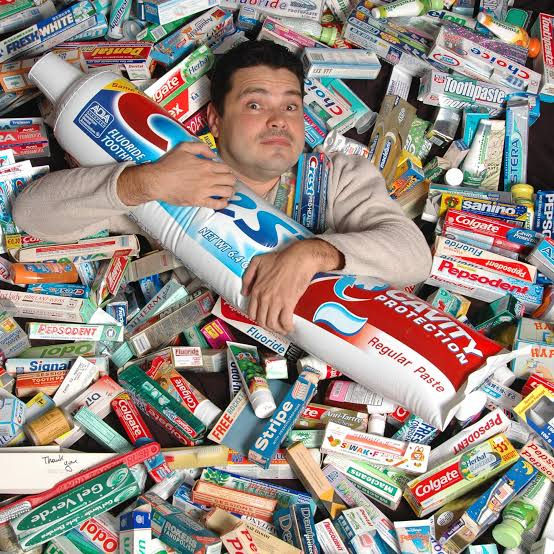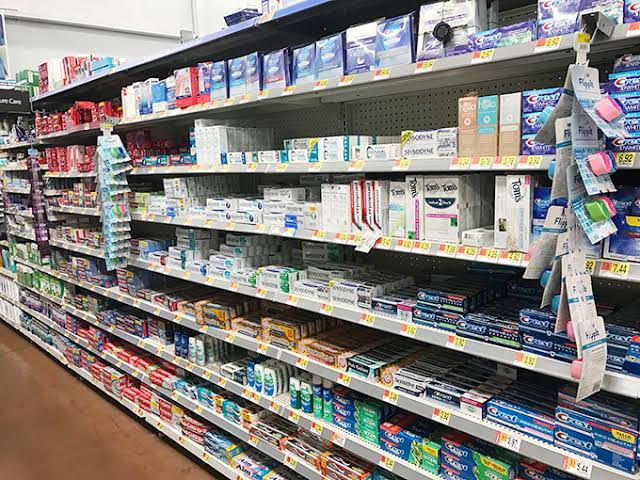Which toothpaste is best for me ?
- Prerak Velani
- Jan 1, 2024
- 2 min read

In 1873 Colgate started the mass production of tooth cleaning powder which was sold in a jar. Later Dr Washington Sheffield formulated the toothpaste which is in a collapsible tube similar to today's version of toothpaste.
Today there are thousands of types of toothpaste that are commercially available. Dr Val Kolpakov, a dentist from Georgia, USA owns the world's largest collection of toothpaste tubes (2037 different types).

But the question remains unanswered: which toothpaste is best?
Let's break down this question and think differently: what do we want from our toothpaste or what are the properties of ideal toothpaste?
The basic role of a toothpaste is to play a supporting role with a toothbrush. Without a good toothbrush or good brushing technique toothpaste alone cannot save your teeth. Toothbrush is your hero and toothpaste is its side kick just like Munna Bhai and circuit.
Roles of Oral hygiene (toothbrush + toothpaste)
1) Remove Plaque/sticky food
Plaque is tenaciously attached to the tooth surface, to remove it efficiently we need some kind of surfactant which can decrease surface tension so that plaque can be removed - just like we remove grease with soap.
2) Remove stains/ discoloration
We all want a clean and bright smile. There are coffee stains, tea stains, tobacco stains or discolorations present on the tooth surface, to remove these kinds of stains we need some kind of abrasive agent which can rub off some stains. These abrasives should be fine enough so they don't scratch enamel but polish it.
3) Enamel repair
Enable is made up of hydroxyapatite crystals. These crystals can get damaged and get demineralized by the acids which are formed by bacterias present over the tooth surface. To repair that damage we need remineralizing agents. Fluoride has a higher affinity to enamel surfaces and can form stronger bonds than calcium and magnesium.
4) Antibacterial
How about if we can reduce pathogenic bacterias from plaque ! Plaque itself is a collection of bacterias - bacterial colonies. So by doing this we can actually reduce plaque formation on the tooth surface. But antibiotics cannot be used because of the risk of developing resistance associated with prolonged use.
5) Therapeutic agents
This property can vary depending on the needs of an individual. Sensitive teeth ? use potassium nitrate for bleeding gums look for alum or Zinc sulphate.
6) Flavouring agent
To make toothpaste palatable, manufacturers add some kind of sweetening agent to it. It should not be sucrose, as sucrose is a food for bacteria and can increase bacterial growth. Xylitol or Mannitol are kind of sugars but bacteria cannot digest it , so those are safe ingredients.
7) Colouring agent
It depends on individuals. Some prefer colours in their toothpaste as specially children.
So let's some up all the ingredients and make our own toothpaste.
Surfactant - Sodium lauryl sulphate
Abrasive agent - calcium carbonate
Fluoride - Sodium Fluoride / Sodium Monofluorophosphate
Antibacterial - Triclosan
Therapeutic agent - As per your need Potassium nitrate/ Alum / Zinc sulphate.
Flavouring agent - Xylitol / Mannitol
Colouring agent - As you like it

So next time you go to the shopping mall , read the ingredients list of all the toothpaste and choose the best for yourself.
Comments